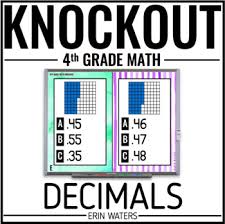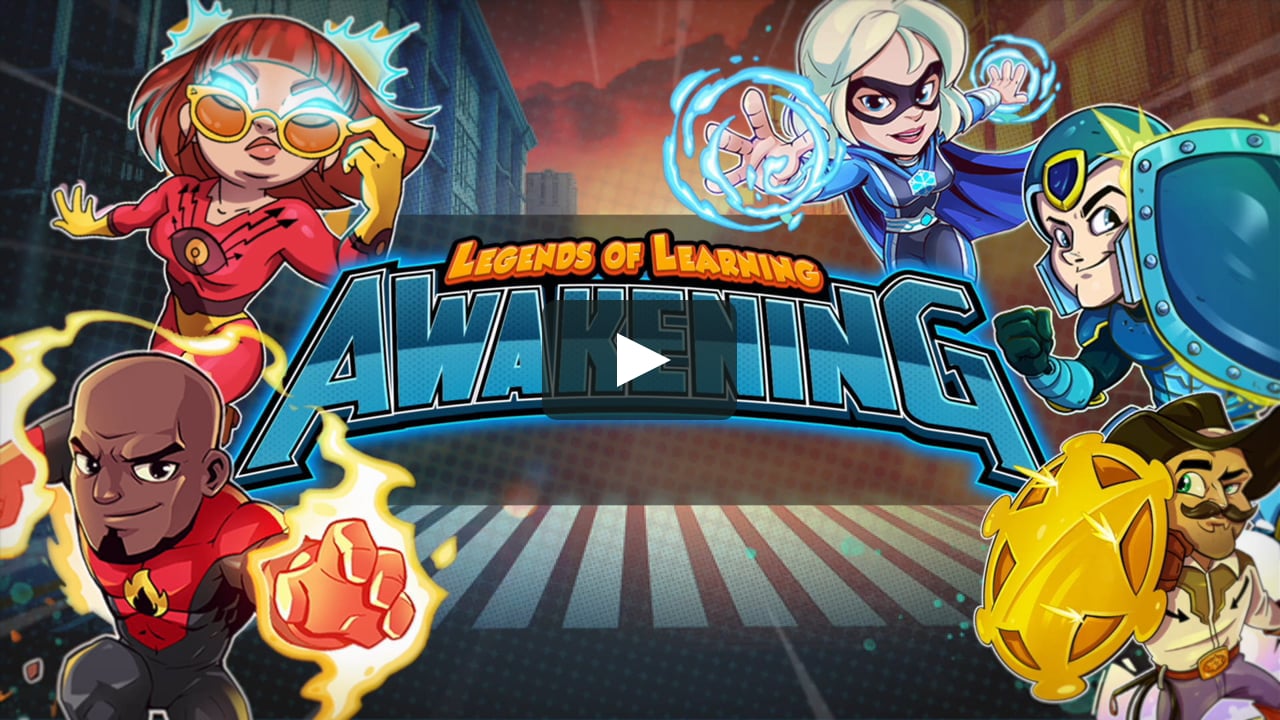
Fuzz bugs can be used to detect unexpected behaviours within a program. Fuzz bugs are able to generate inputs that the parser will not reject. These inputs emphasize corner cases and display interesting program behaviors. This article will explain how to generate such inputs. You can also use random inputs for testing network services and system library call.
Generate inputs from scratch
Fuzzing can be used to check the reliability of computer programs. This involves creating random inputs to programs and then using those inputs to destroy the programs. Miller and his associates introduced this technique in 1990. They analyzed UNIX's robustness and created a software program to generate random inputs.
To create random inputs, a fuzzer can use a corpus. It can also use coded sample inputs to verify that they are accurate. You can set a flag to allow it to identify more interesting items within the corpus. In addition, it can also use coverage counters to determine the frequency of code blocks in the input, and reduce the size of the input.

Test programs with random inputs
Fuzzing can be used to detect bugs in software. Fuzzing involves creating inputs that don't have any particular pattern or meaning. Fuzzing can be useful in cybersecurity because users can cross security boundaries and identify vulnerabilities. There are many approaches to this problem.
One of the most effective methods of finding fuzz bugs is to send random inputs into software applications. Applications expect random inputs to look a certain way. This is the problem with random testing. One example is if you want to test a program that processes many file types, you can use random input files. You can also manipulate the data to expose bugs.
Try network services
Software testing is done by fuzzing. Fuzzing software attempts cause problems that are not caused by the software but by the network hosting it. Fuzz testing, a black box method, is used to find bugs that can't be found in traditional testing. However, it cannot replace more thorough testing, which requires carefully constructed test data.
The most common issue that fuzzing can find is a software crash. This issue can also be classified by impact. This helps to prioritize which software parts to test. Impact prediction can only be used to predict the severity of software crashes. However, it can help prioritize software parts that could be most affected. A partial crash is not considered an impact prediction if the crashing is not complete and does not result in a complete denial of service.

Test system library return values
You can test for fuzz bugs by testing the return value of a system library call. This can be complicated and sometimes leads to some really interesting harnesses. But there are many things you need to consider before you use a fuzzer. Make sure you have the correct input. If you cannot find the value in the argument, you may want to forgo the input.
The purpose of fuzzing is to identify the input that causes a target application to crash. Once you have found the input, you can move it into a different folder. This allows you to easily identify the source of the unintended behavior.
FAQ
Is it difficult to become a teacher?
A major commitment is required to be a teacher. You will need to devote a significant amount of time to your studies.
While completing your degree, you can expect to work approximately 40 hours per week.
Additionally, you need to find a job which suits your schedule. Many students have difficulty finding part-time work that allows them to balance schoolwork and their personal lives.
After you have been offered a permanent position, you will be expected to teach classes throughout the day. You may be required to travel across the country to teach classes during the week.
What amount of money can a teacher earn in early education? (earning potential)
An average salary for an early childhood teacher is $45,000 annually
There are however areas where salaries are higher than the average. Teachers in large urban schools receive higher salaries than teachers in rural schools.
Salaries also depend on factors like how large the district is, and whether or non-degree-holding teachers.
Teachers often start out making less than other college graduates because they don't have a lot of experience. Their wages can rise over time though.
How much does homeschooling cost?
Homeschooling does not require you to pay a set fee. Some families charge between $0-$20 per lesson. Some families offer services for free.
Homeschooling takes dedication and commitment. Parents need to make sure they have enough time to spend with their children.
Access to books, materials, and other learning aids is essential. Homeschoolers often need to take advantage of community events and programs to supplement their curriculum.
Parents must consider the costs associated with transportation, tutors, and extracurricular activities.
In addition, homeschoolers must plan ahead for field trips, vacations, and special occasions.
What are some ways you can get scholarships?
Scholarships are grants awarded to help pay for college expenses. There are many kinds of scholarships. These scholarships include:
-
Federal Grants
-
State Grants
-
Student Loans
-
Work Study Programs
-
Financial Aid
Federal grants are directly issued by the U.S. government. Most federal grants require applicants to meet certain requirements. For example, you must demonstrate financial need.
Individual states can offer grants to state governments. These funds are offered by individual states based on financial need. Others offer money for specific purposes.
Banks and other lending agencies can provide student loans. Students often borrow money to pay for tuition and living expenses.
Work-study programs encourage employers to hire qualified student workers. Employers are required by law to pay minimum wage.
Financial aid helps low-income families afford college by covering most or all tuition costs.
How do I apply to college?
There are many options for applying to college. Get started by talking to your high-school guidance counselor or admissions representative. Many high school applications can now be submitted online. You can also contact local colleges directly. Most colleges accept applications online through their websites.
If you choose to apply via mail, fill out the application. You will also need to write a personal story and attach copies of all documents. This personal statement allows you to describe why you choose to attend this institution and the benefits it could bring to your life. The personal statement helps you to communicate your motivations and goals to the admissions committee.
You can find sample essays that you can download from our website.
What is early education for children?
Early Childhood Education refers to a field dedicated to helping children become happy, healthy adults. It includes everything from teaching them how to read to prepare them for kindergarten.
Early childhood education's goal is to help children learn through age-appropriate experiences.
Early childhood educators often have to assess each child's developmental needs. This assessment helps determine whether a particular program would benefit each individual child.
Parents have the chance to interact with teachers, other professionals and parents who have worked with young children.
A key role in early childhood education is also played by parents. They need to be able to provide guidance and support for their children, and they must also know how to care for them properly.
Parents can also take part in activities that teach skills to their children for the rest of their lives.
While preschool education is sometimes called early child education, the term is also used interchangeably to describe daycare centers. Prekindergarten education begins at three years of age, but early childhood education can begin around three.
Statistics
- Data from the Department of Education reveal that, among 2008 college graduates, 92.8 percent of humanities majors have voted at least once since finishing school. (bostonreview.net)
- And, within ten years of graduation, 44.1 percent of 1993 humanities graduates had written to public officials, compared to 30.1 percent of STEM majors. (bostonreview.net)
- They are also 25% more likely to graduate from high school and have higher math and reading scores, with fewer behavioral problems,” according to research at the University of Tennessee. (habitatbroward.org)
- “Children of homeowners are 116% more likely to graduate from college than children of renters of the same age, race, and income. (habitatbroward.org)
- These institutions can vary according to different contexts.[83] (en.wikipedia.org)
External Links
How To
Where can I find out more about becoming a teacher?
Teaching jobs are available in public elementary schools, private elementary schools, public middle schools, private middle schools, public secondary schools, private secondary schools, charter schools, private and parochial (Catholic) schools, public and private (non-religious) daycare centers, and other settings.
A bachelor's degree at one of the following institutions is necessary to become a teacher.
-
A four-year university or college
-
An associate's degree program
-
Two-year programs at community colleges
-
The combination of these types of programs
Candidates must fulfill state requirements to be eligible for teaching certification. These include passing standardized tests and completing a probationary period of work experience.
Many states require applicants to pass the Praxis II test. This test assesses the candidate's reading, writing, mathematics, as well as language arts knowledge.
Many states require that candidates obtain a specialized license in order to be certified to teach.
These licenses are issued annually by the state boards of education.
Some states grant licenses with no additional testing. If this is the case, the applicant should contact his/her state's board of education to verify.
Some states don't grant licenses to applicants who haven't completed a masters degree program.
Others allow students to apply directly for licensure to the state board.
There are many licenses available. They vary in cost, length, and requirements.
For example, some states require only a high school diploma, while others require a bachelor's degree.
Some states may require training in particular areas such as literacy or child developmental.
Some states require that candidates receive a master's degree before becoming licensed.
Many states require teachers to provide information about their previous jobs when applying for certification.
You might mention that you have worked in another field on your application.
However, almost all states will accept work experience from any type of previous job.
Perhaps you would like to include your past job title, post, and years in service.
This information is often helpful to potential employers.
It shows that they have relevant skills.
While working, you may have learned new skills and acquired valuable work experience.
Your resume can show this to future employers.